You are currently viewing a placeholder content from YouTube. To access the actual content, click the button below. Please note that doing so will share data with third-party providers.
More InformationIlluminated lines - Ideas, impetus and inspiration
The designer Martin Schmidt has developed ideas for us that show how linear lighting can be used to create precisely this added value. Thanks to M-Fibre, our side light fibre system, you can make these ideas a reality in series production. Be inspired by the examples below.
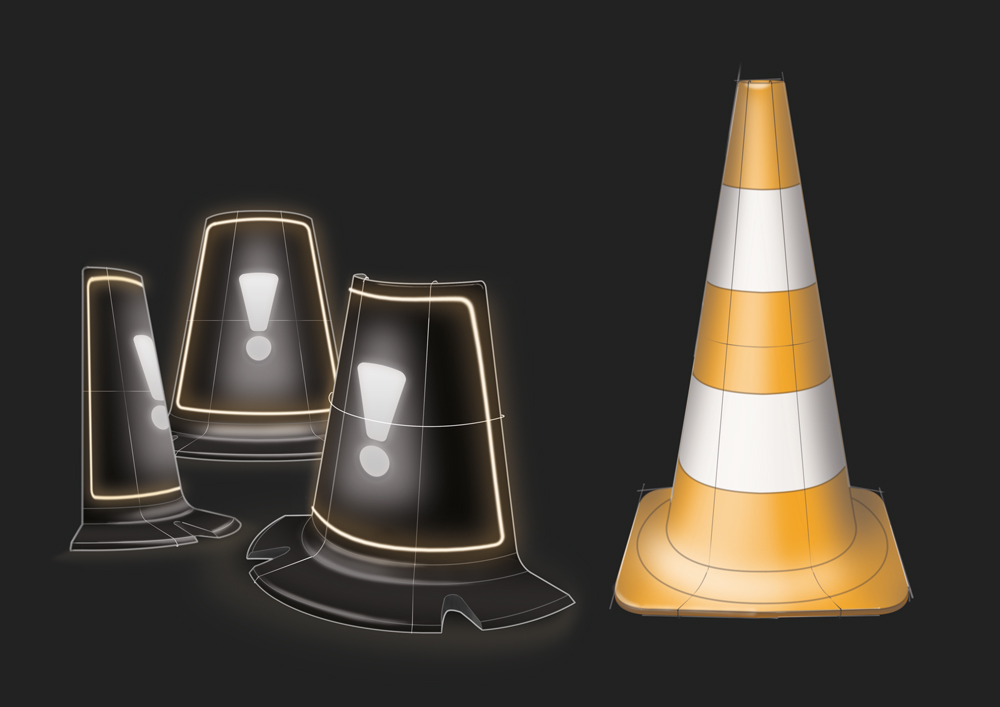
Illuminated traffic cones – accident safety for emergency vehicles
The police, ambulance service and firefighters use traffic cones to cordon off areas and to warn of dangers in road traffic. By using softer rubber as the base material and integrating lighting elements, the usage and function of traffic cones can be greatly improved. Rubber makes cones flexible so they can be stowed in emergency vehicles more compactly – when they are needed, they are bent into shape and ready to use in an instant.
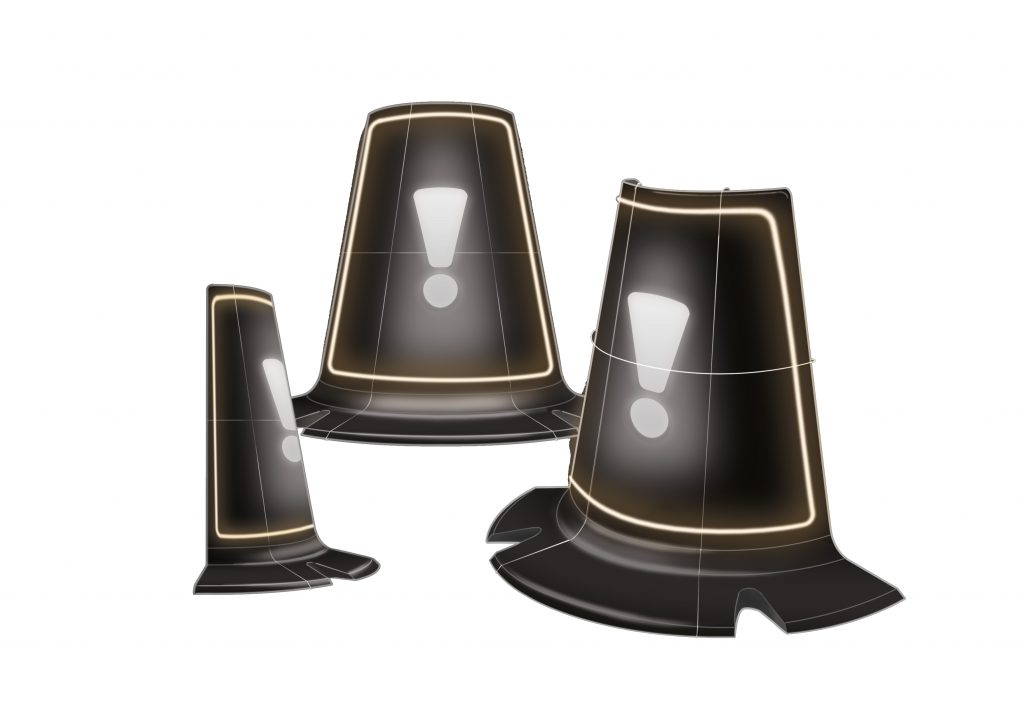
The integrated, flexible lighting elements increase the cones’ visibility and ensure they can be seen easily as an active source of light. This is useful in one respect when emergency vehicles’ bright blue light is dazzling and deflects from the cones in a cordon. However, it is also beneficial when the illuminated cones are in the dark – unlike conventional traffic cones, which are only visible when light hits them in the dark because of their reflective coating. By expanding on the possibilities of modern lighting solutions, visibility and warning functions can be enhanced even further by using dynamic light such as flashing or a running light function. Situation-based changes to the colour of the light, controlled, for example, by a proximity sensor, or the integration of illuminated symbols into the centre of a cone through textile lighting solutions create even more options.
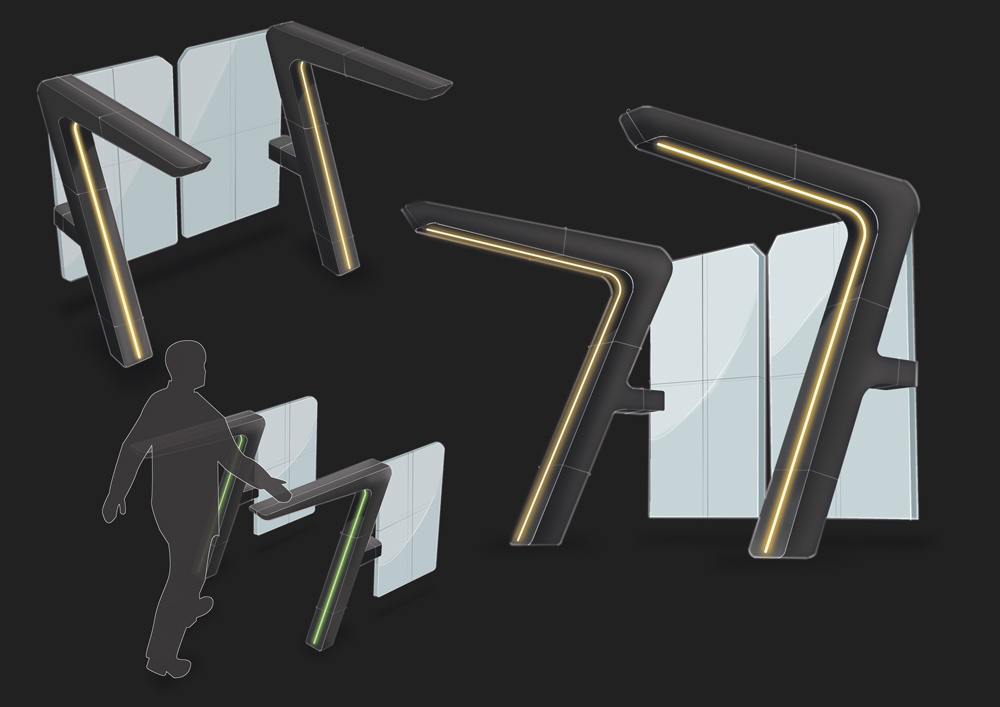
Access control in public transport – safety and usability
Adding light to modern access control systems can improve the user experience and help security staff in their work. An elegantly integrated traffic-light function intuitively guides the user to open entry points and deters them from approaching closed ones. Dynamic light boosts this effect. Surveillance procedures can be automated by using visual support. Camera systems can be programmed using colour coding and then react accordingly. A colour change can trigger a photo or video recording or initiate automatic storage. It can send an automated message or signal to the security staff, who then monitor “unauthorised” users or respond in another way. A technical fault indicated by a flashing light alerts the technical support services rather than the security staff. In future, autonomous public transport, light will tell a user whether their authorisation level (e.g. their type of travel ticket) permits them to use a vehicle.
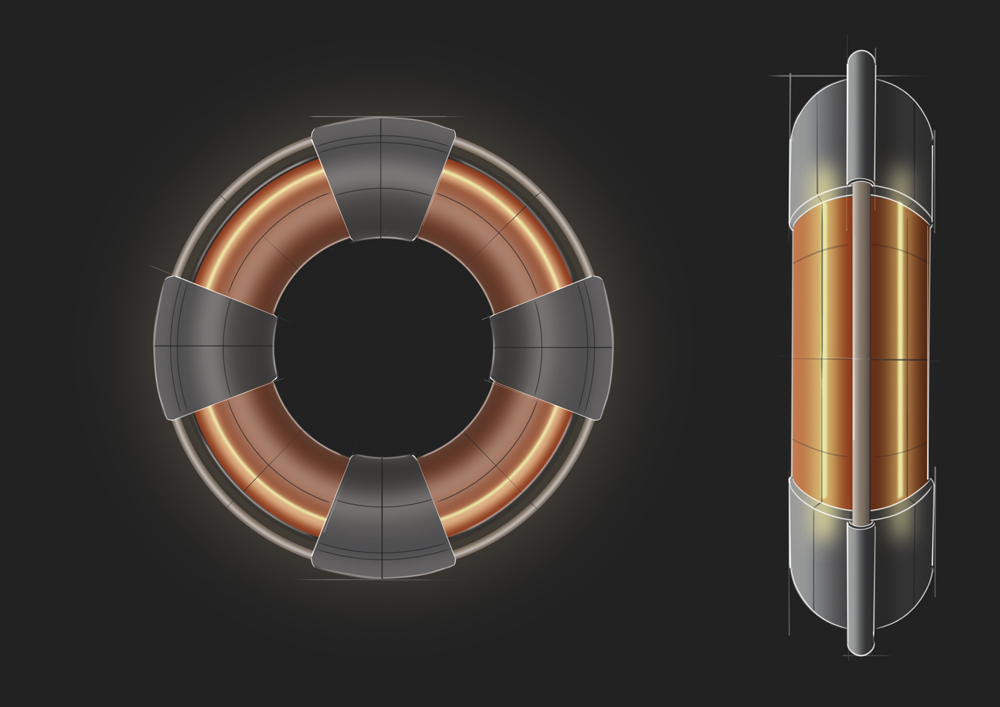
The light-up lifebelt – light saves lives
Rescue operations in total darkness and rough sea conditions are often very difficult. The dangers of hypothermia and disorientation for those in difficulties at sea demand fast action and clear awareness of the surroundings. The traditional lifebelt is a tried a trusted aid. Its function can be supported and enhanced using light. The proposed positioning of light fibres on both sides of a lifebelt guarantees maximum visibility, whichever way up it lands in the water. As both sides of the lifebelt are illuminated, the reflection in the water is also used to increase visibility, making it easier to see the person from the air. Plus, the lighting means the lifebelt user, i.e. the person requiring assistance, can find the lifebelt faster at night when it is thrown to them and can head straight towards it. The lighting stops them from being in total darkness – doubtless a psychological advantage – and if there are several people in the water they can locate each other more easily.
However, lifebelt lighting is useful and prudent on land too, as it helps rescuers to act quickly and intuitively. One example is in a private or hotel swimming pool, where there is not always a trained, experienced lifeguard on duty. Every second counts in an emergency in those settings too. A brightly lit lifebelt hanging in a charging station will be found immediately in an emergency, even by helpers who aren’t familiar with the pool. When the lifebelt is detached from the charging station or is controlled using a gyro sensor, the brightness of the light is maximised for the duration of active use in an emergency.
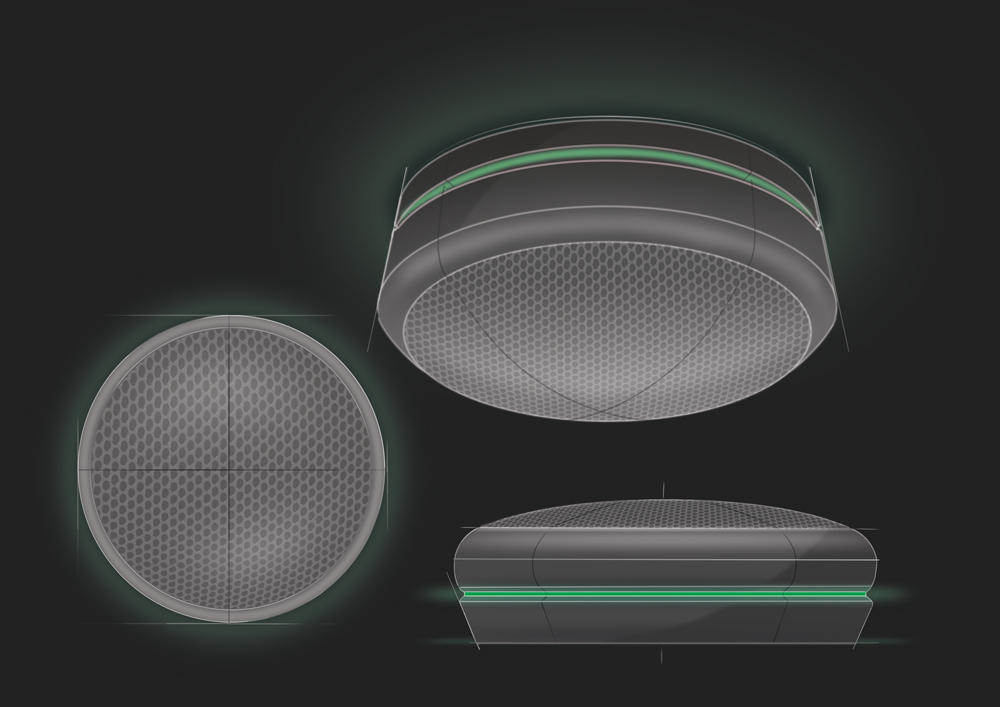
Smoke alarm or loudspeaker – communicate through more senses
Thanks to solutions with product-integrated light, products can be equipped with an extra communication component cost-effectively. Users with physical disabilities, such as people who are deaf or hard of hearing, can gain direct information from the use of lighting. In addition, various different statuses such as the temperature, a malfunction or the battery level can be communicated more clearly with light than by using sound alone. But communication via visual signals also offers advantages for people who aren’t hearing impaired. This applies in particular in environments with loud background noise. Traffic, construction sites, concerts or clubs and bars are just a few “illuminating” examples.
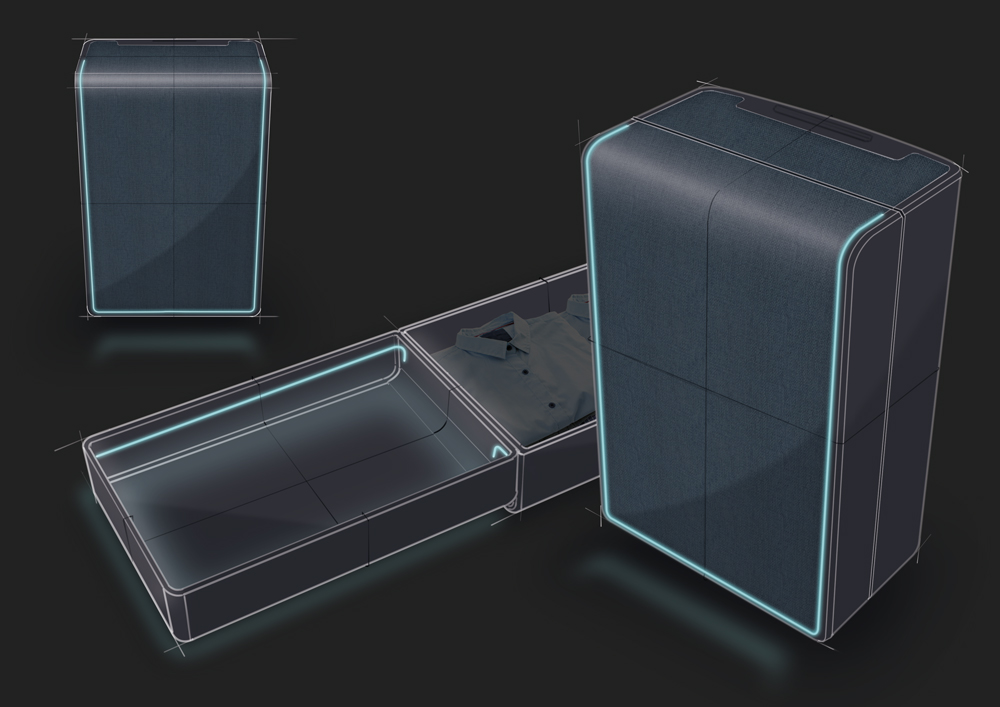
Smart luggage – reasons to light up your bags
Smart luggage can be customised easily by a side light fibre integrated into the exterior, combined with an RGB LED module and a controller, e.g. an app. Light-up luggage is much easier to recognise on an airport carousel. User-definable functions increase the degree of individualisation, making bags easier to spot. In addition, a suitcase can use a light to show whether it has been “forgotten” or stolen. As soon as the suitcase is beyond a certain distance from its user, the light status changes and sends an acoustic signal. A powerbank built into the suitcase to supply electricity to the LEDs can also be used for mobile phone charging.
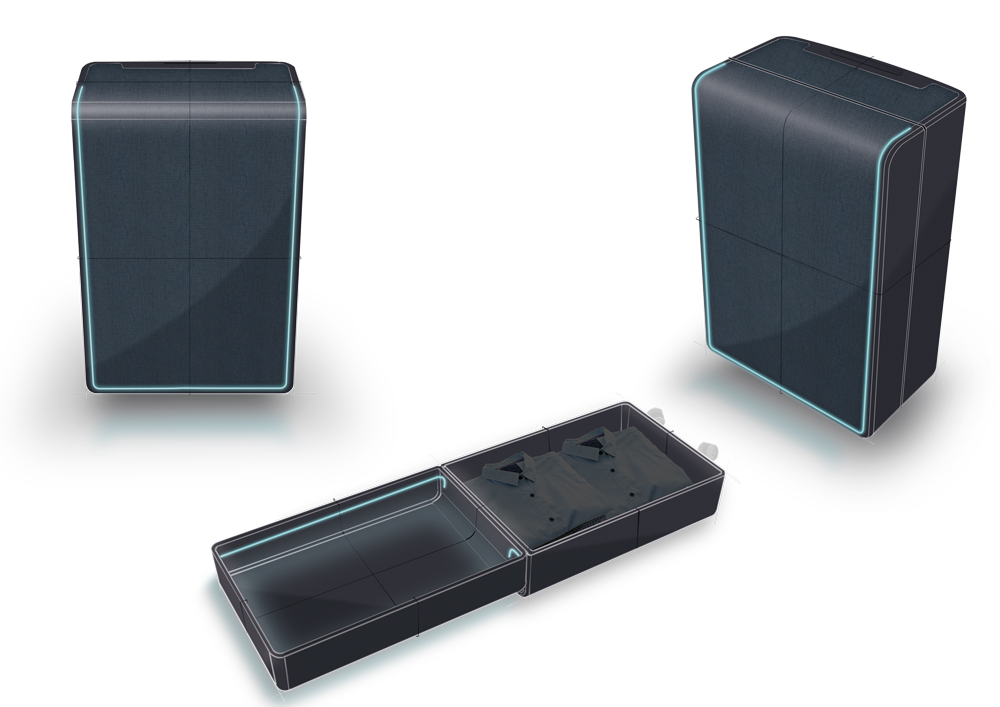
If a segmental or complete light is placed inside a suitcase, it makes it easier to do a quick check at night or to search for important items without having to switch on the main room light – so there’s no need to disturb fellow travellers or partners with a glaring overhead light. Integrated lighting in rucksacks serves the same purpose if a traveller joins or leaves a dormitory in a hostel at night. And it’s a feature that’s truly appreciated by camping fans.
Lighting improves the user’s safety when used on the outside of a rucksack, or if an internal light is folded out when needed and is only activated by a photosensor and gyro sensor when the user is on the move in the dark. These lighting solutions and others like them cover a whole range of scenarios.
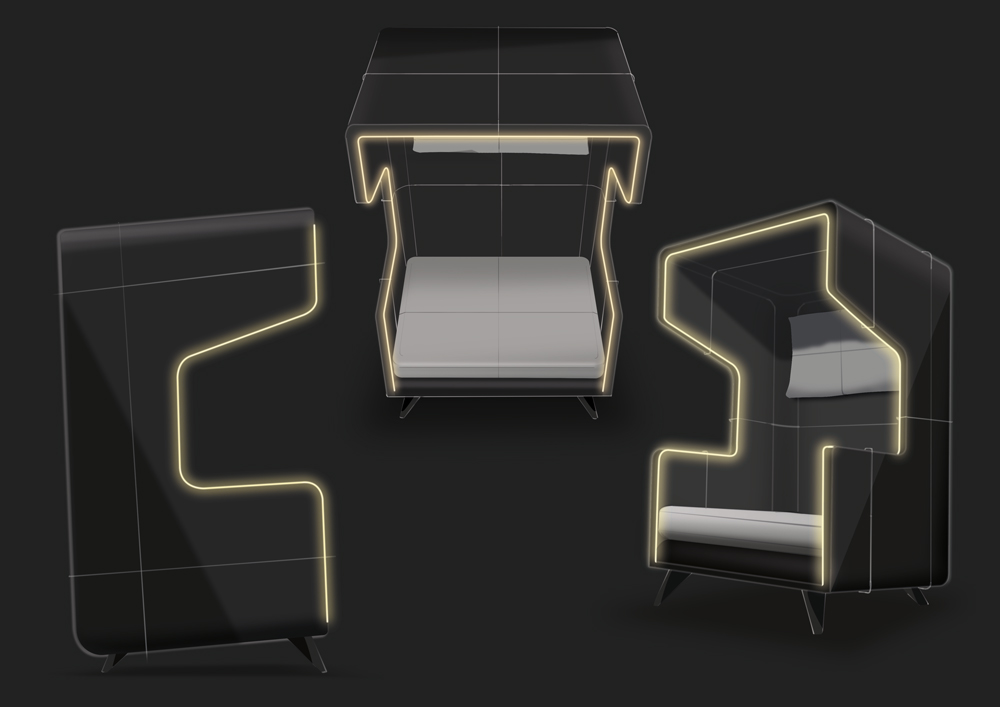
When a lounge chair becomes a “light figure”
Side light fibres are thin, flexible and mouldable. This makes them absolutely perfect for use in products where the light-emitting component of a lighting system must “move” to a certain degree when the product is used. Combined with the enormous potential for customisation of RGB LEDs, they are ideal for showcasing upholstered furniture in a unique way. Whether the furniture in a hotel lobby emits the establishment’s logo, a furniture designer wants to highlight the shape and surface lines of the piece, or the light in a public area shows other users whether a seat is taken, reserved or free, customisable coloured light and the possibility of changing it according to the situation are very useful features for individualising furniture.

This can also be used in rented event furniture, for example chairs, stools, tables or display cases. At trade fairs, exhibitions or events such as weddings, neutral-toned furniture can be enhanced with light to coordinate with the primary accent colour of the event or an exhibitor’s brand. Another effect is revealed in the dark or very low light: furniture that is invisible in the dark becomes visible, but only along its illuminated contours – it turns into a “light figure”, as it were. In addition, light can be integrated into the surfaces of furniture and only switched on at the appropriate time.
In this way, light is used to emotionally and aesthetically charge the event setting, to increase its dramatic effect. When it comes to lighting in seating and other furniture in public places, there is no doubt that integrated lighting can be extremely useful and versatile. Extra visuals in public transport can help staff – and passenger – processes to be more intuitive and more highly automated.
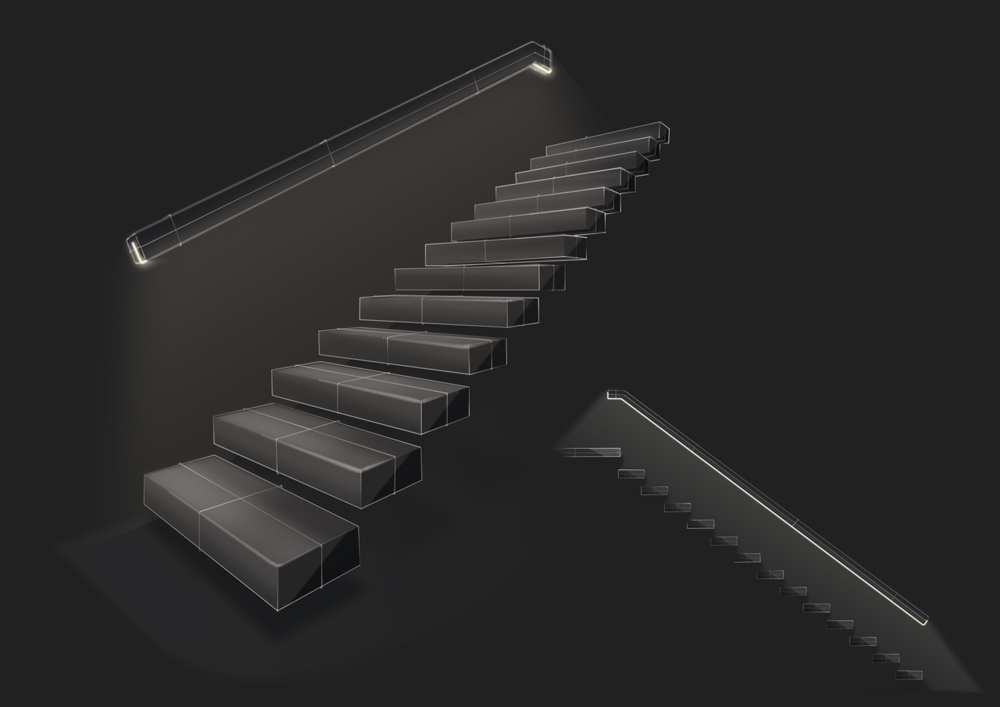
Light on staircases, handrails and railings – safety and guidance
We’ve all been there: when it’s too dark to see properly, you miss a step, trip up or even fall down the stairs in the worst-case scenario. In most cases this is an annoying – perhaps painful – minor incident. That’s not the case for older people, however. On the one hand, older people can often see less well than younger people, especially in the dark, and on the other hand a fall can sadly have much more serious consequences in many cases.
It is very clear that safety can be greatly improved by integrating illuminated lines on paths and staircases. That applies both to private homes and public areas. When built into staircases, handrails, railings or floors, these lines provide direct or indirect lighting, and are either permanently switched on or are activated via a motion sensor. In addition, this type of lighting helps people to find their way more quickly and easily in the dark when in unfamiliar territory such as a hotel or hospital.
In this example, light not only has a hard, functional benefit. As so often happens when light is integrated into a product, it also affects the aesthetics of the product itself and the surrounding area. Light makes it possible to create an individual look and can be coordinated with the decor scheme of a space or living area. The brightness can be controlled on a timer or using optical sensors triggered by the level of ambient light, and the colour of the light can be adjusted to practical or aesthetic requirements. The possible locations for this feature are very diverse: they range from retirement homes or shared accommodation, privately owned homes, the staircase of a company lit in the appropriate brand colours or markers for emergency exits and fire escapes. Light safely guides and assists people and helps them find their way, whilst also having aesthetic effects.
Individuality, convenience, guidance, safety, communication, usability, aesthetics and emotion – the examples described above show that product-integrated lighting creates significant added value in many different types of consumer and capital goods. Or as designer Martin Schmidt puts it: „Thanks to modern lighting systems, we have greater creative freedom to design products that meet expectations more effectively, are more intuitive to use and are better suited to their purpose.“ One way to make use of this creative freedom is through M-Fibre. As a side light fibre system, it is absolutely perfect for creating directly visible, functional yet decorative linear lighting or indirect ambient lighting.
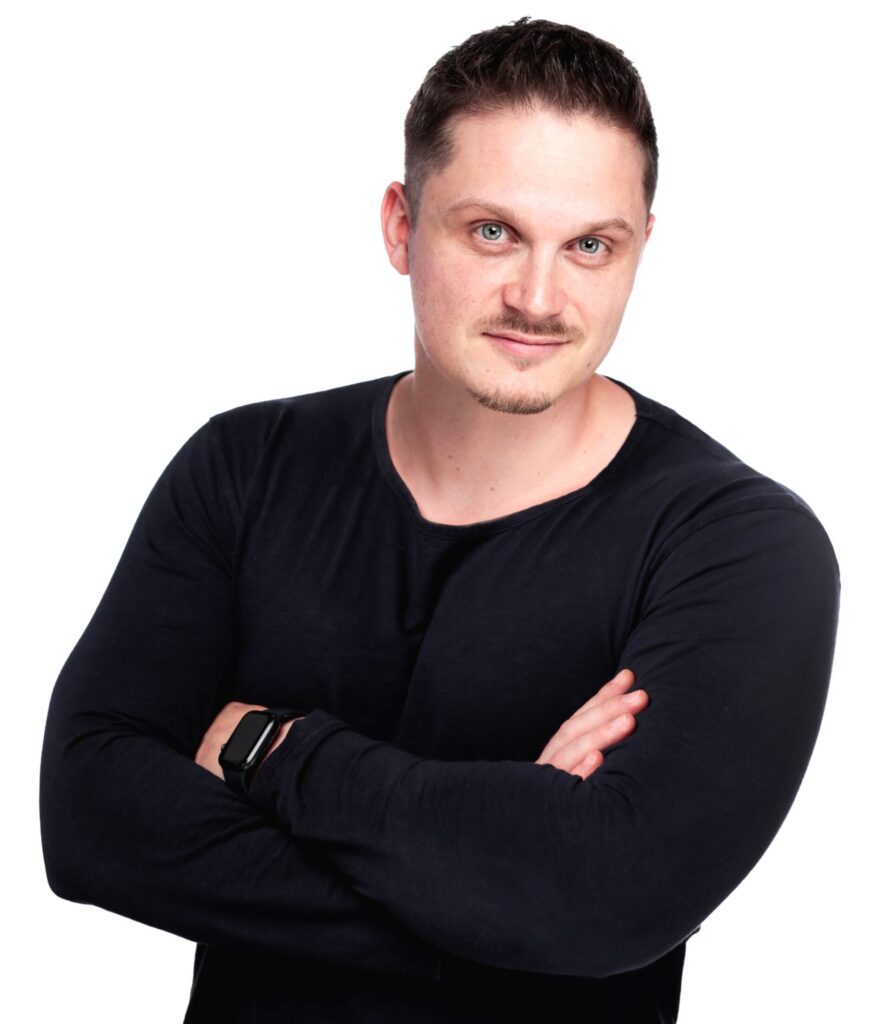
Profile of Martin Schmidt
Martin Schmidt (born in Nuremberg, Germany in 1989) is a product and industrial designer and lives in Essen. After graduating from Magdeburg-Stendal University of Applied Sciences (2016), he worked as an industrial designer at ifm electronic gmbh in Essen, designing forward-thinking industrial sensor products. In 2019, he qualified as a certified Usability Engineer at Fraunhofer Institute for Applied Information Technology. Martin Schmidt is a member of German industrial designer association VDID (Verband Deutscher Industriedesigner e.V.) and volunteers there as Vice President.
At his own design firm „Martin Schmidt – product designer, Ruhrgebiet“ he specialises in efficient product design to ISO 9241 standards and has many satisfied customers. He assists SMEs with research, planning and design from the user’s perspective. For more information on Martin Schmidt, visit www.martinschmidt-design.com.